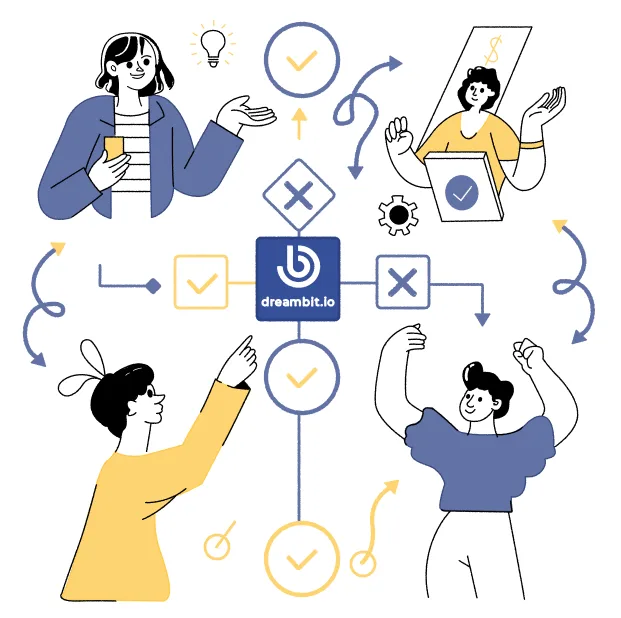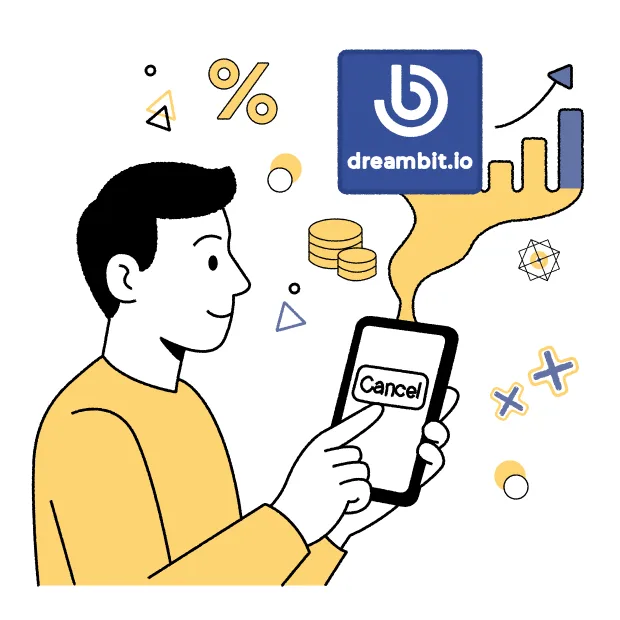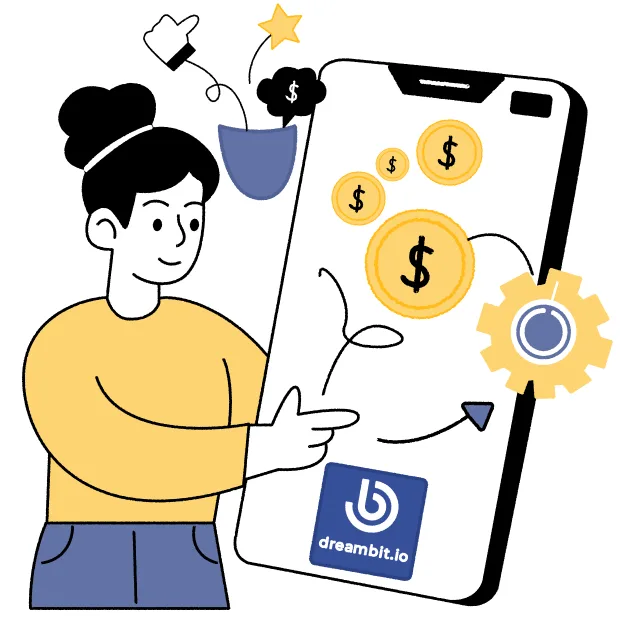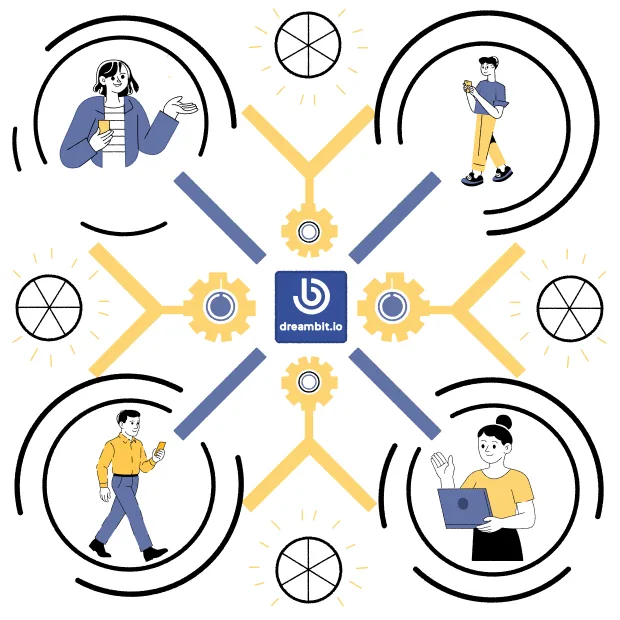- The Hidden Cost of Friction
- What Is Progressive Onboarding?
- Why Progressive Onboarding Really Works
- Best Practices for Progressive Onboarding
- Identify the core action that delivers value, and get users to it fast
- Break onboarding into bite-sized chunks
- Make registration feel worth it
- Allow exploration in “guest mode”
- Continuously monitor and optimize
- Conclusion
This website uses cookies so that we can provide you with the best user experience possible. Cookie information is stored in your browser and performs functions such as recognising you when you return to our website and helping our team to understand which sections of the website you find most interesting and useful.






